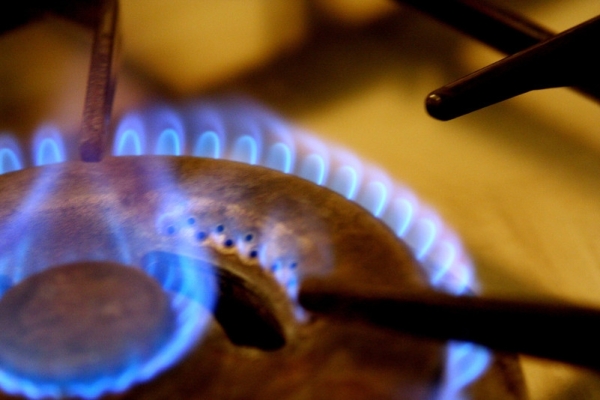EU Modernisation Fund: an open door for fossil gas in Romania
Among the largest sources of financing for energy transition of central and eastern European countries, the €60bn Modernisation Fund remains far from the public eye. And perhaps that’s one reason it is often used for financing fossil gas projects.
In Romania alone, over €500m from the fund have been channeled to gas infrastructure, according to a new report from CEE Bankwatch.
The Romanian government is already a known fossil gas fan and supports all new gas investments. The minister of energy has recently stated that the country will increase its consumption of fossil gas, despite the EU effort to cut consumption. Romania’s national gas companies are also actively lobbying in plain sight the EU to get public finance.
And they got it. The fund is supporting the largest gas projects in Romania.
By now two gas power plants of a total of 1320 MW total have been approved to replace coal. Two pipelines, one of which is crucial for Black Sea gas production, received the green light from the European Commission. If built, these investments could enable a total of 3,000 MW of new gas power plants and an extraction of more than 100 billion cubic meters (bcm) of gas from Black Sea.
And all of this courtesy of an EU fund that is supposed to be aligned with Europe’s energy and climate targets and the Paris Agreement.
While the EU was bragging about a fossil-fuel phase out at COP28, it still massively finances fossil gas. Deepening Romania’s gas dependence and undermining the country’s climate neutrality commitment, these projects are obviously contravening EU’s obligations to tackle the climate crisis.
How did this happen?
Simply speaking, the EU emissions-trading system directive (ETS) that governs the modernisation fund allows gas. Even the recent changes to the ETS directive, which introduced the insufficient taxonomy criteria, haven’t moved the needle much.
One of the ways gas projects may receive financing from the Modernisation Fund is if they lead to emissions reduction compared to currently operating projects, mostly coal. While the criteria state that projects should enable reduction emissions, the rules do not include a cap on emissions, and it is not clear how the contribution of such projects to emission cuts is assessed, as the data is not publicly available.
Claims not backed up
The European Investment Bank (EIB), which assesses the technical and financial viability of the proposed investments, including the emission reductions they achieve, is not required to publish the results of the assessment. Neither the recommendations from the Fund’s Investment Committee on which projects should get backing nor the European Commission’s decision to approve financing contain sufficient information to verify claims about projects’ contributions to lowering emissions.
For example, the Black Sea pipeline has been promoted for financing as a project that could help cut emissions in Romania because it should replace coal infrastructure. Yet, we weren’t able to find public data to confirm these claims. In fact, this pipeline does not connect to any of the power plants that are slated to convert from coal to fossil gas, but instead links directly to the Neptun Deep reserve in the Black Sea.
According to our calculations, this project would entail significant emissions as all that extracted gas needs to be burned somewhere. At the same time, the environmental impact assessment (EIA) for the project does not even account for the emissions from burning the transported gas, which is a main impact for this type of projects, so it is unclear how any claim about significant emissions reduction could be made.
Plans to finance a new 485 MW gas-fired unit at the Turceni power plant, in place of the current coal capacity, were approved by the Commission before an evaluation of the project’s environmental impact was even started in Romania. The power plant is meant to operate at least until 2051 which is well past the date when the EU power sector should be fully renewable.
Just from these examples, it is clear that there should be a more rigorous and transparent due diligence process.
For the Modernisation Fund to fulfil its role in making European energy systems truly sustainable, fossil gas should be disqualified from financing. However, as the EU ETS directive was recently revised, the second best option now is for the EIB and the EU Commission to introduce a more stringent and transparent assessment by enhancing the enforcement of existing rules.
In particular, any change in the process needs to eventually ensure no climate wrecking projects gets EU public money.
On the heels of the warmest year on record, it is clear beyond any doubt that there is no room for sinking public money into fossil-fuel infrastructure. Now is the time to focus all our efforts on ensuring EU public finance helps unlock projects that take EU countries beyond gas.

